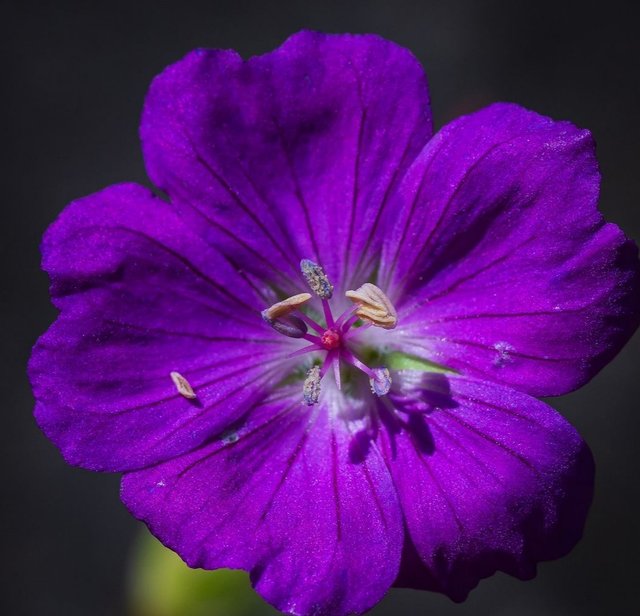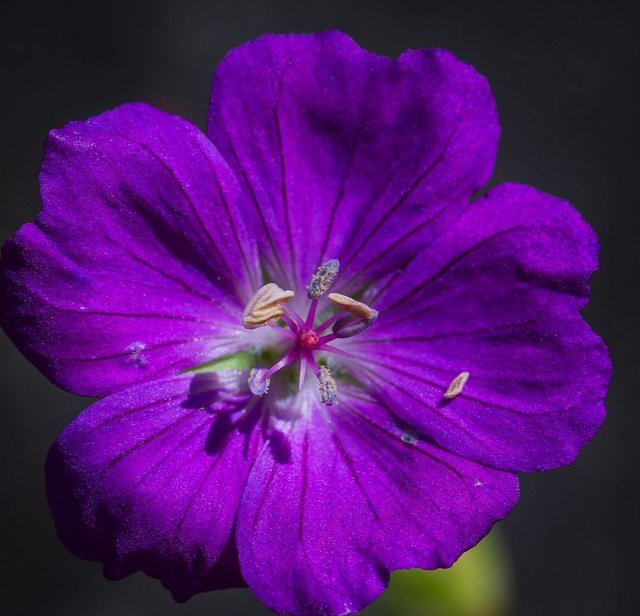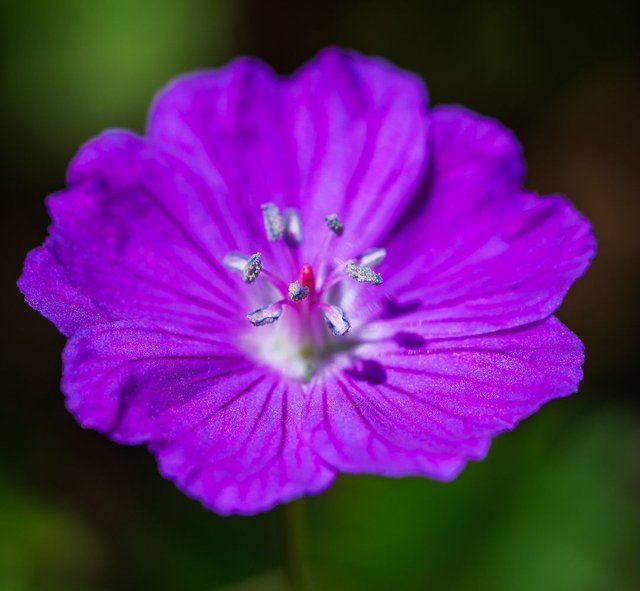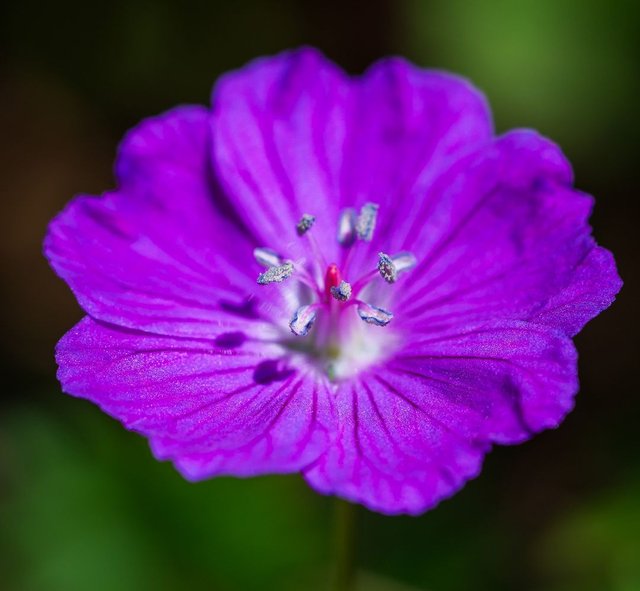Beautiful Colour Bloody Crane's-Bill Flower
Bloody Crane's-bill: A Botanical Marvel
Bloody Crane's-bill, scientifically known as Geranium sanguineum, is a striking and resilient member of the Geraniaceae family. This perennial herbaceous plant is cherished by gardeners and botanists alike for its vivid blooms, hardiness, and ecological benefits. Native to Europe and parts of Asia, it has also been naturalized in North America, adapting well to various climates and soil conditions.
Appearance and Characteristics
Blooms and Foliage
Bloody Crane's-bill is renowned for its vibrant magenta to deep pink flowers, which typically measure about 1.5 inches in diameter. The flowers boast five rounded petals that create a cup-like shape, often with delicate veining that adds to their intricate beauty. These blooms appear from late spring to early summer, providing a splash of color that lasts several weeks.
The plant's foliage is equally attractive. The leaves are deeply lobed and resemble the shape of a crane's bill, which is how the plant got its common name. The leaves are a rich green during the growing season but turn a striking red in the fall, adding to the plant's ornamental appeal.
Growth Habit
Bloody Crane's-bill grows in a mounded, clump-forming habit, reaching heights of 12 to 18 inches and spreading about the same width. It is a low-maintenance plant, making it a popular choice for ground cover, borders, rock gardens, and woodland settings. The plant's rhizomatous root system helps it spread gradually, forming dense mats that suppress weeds and reduce soil erosion.
Cultivation and Care
Soil and Sunlight
This geranium species is remarkably adaptable, thriving in a range of soil types, from sandy to clayey, as long as the soil is well-draining. It prefers full sun to partial shade, with full sun promoting the most prolific blooming. However, in hotter climates, some afternoon shade can help prevent the foliage from scorching.
Watering and Feeding
Once established, Bloody Crane's-bill is quite drought-tolerant. Regular watering is necessary during the first growing season to establish a strong root system. After that, it requires only occasional watering during prolonged dry spells. Overwatering can lead to root rot, so it is crucial to ensure the soil does not remain waterlogged.




Thanks For Reading
Device Information
| Device | cannon eos 600D |
|---|---|
| Lens | 55-250 zoom leans |
| Location | Myanmar |
